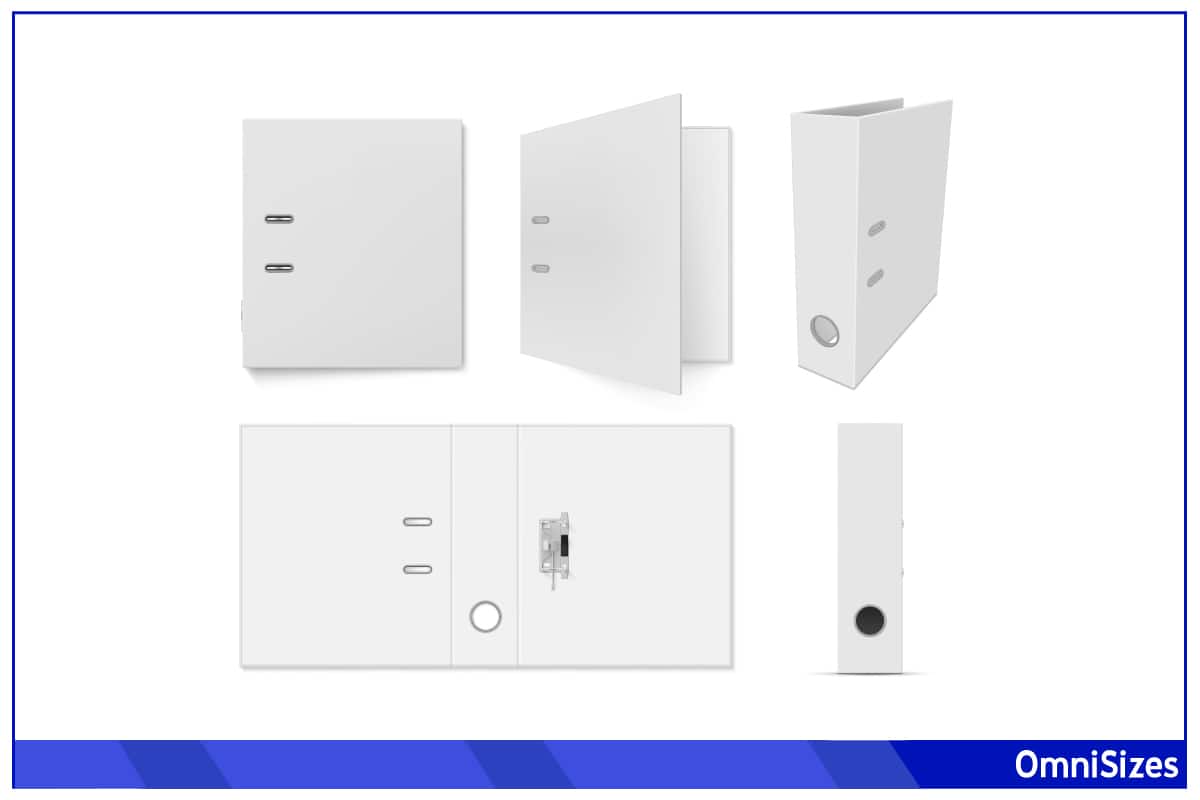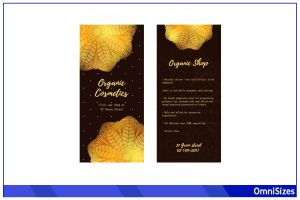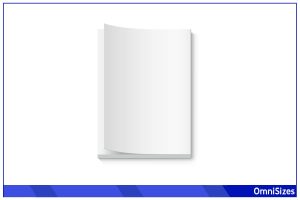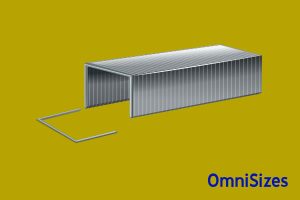Binders help us stay organized and keep our important documents safe. Binder sizes might seem straightforward, but there’s a lot more to it than meets the eye. The size of your binder can make a big difference in how you store and access your information.
Binders typically come in these sizes:
- Half-Letter: 7 × 9 inches (18 cm × 23 cm)
- Letter: 9 × 12 inches (23 × 30 cm)
- Legal: 9 × 15 inches (23 × 38 cm)
- Ledger: 9 × 18 inches (23 × 46 cm)
The ring of a binder also comes in various styles and measurements, ranging from ½ to 4 inches (1.3 to 10.2 cm) in diameter.
You can learn much more about binder sizes by reading this guide. It will discuss various binder dimensions in more detail, binder spine sizes, and the types of binder rings.
Exploring Different Binder Dimensions
When it comes to organizing papers, nothing beats a good binder. But with so many sizes out there, how do you choose the right one? Let’s break down the world of binder sizes into bite-sized info.
1. Half-Letter
Half-letter binders are compact, portable, and incredibly versatile. Ranging in size from about 5.5 × 8.5 inches to 7 × 9 inches, these little guys are perfect for personal planners, diaries, or recipe books. They easily slip into bags, making them ideal for on-the-go organization. If you’re dealing with fewer papers or need something for daily use, these are your go-to.
2. Letter Binders
Letter-sized binders, typically around 9 × 12 inches, are the most common and versatile option. They fit standard letter-sized (8.5 × 11 inches) paper, making them perfect for school projects, office documents, and home filing.
These binders balance size and capacity well—big enough to hold plenty of sheets but not too bulky to handle. They come in a variety of styles, from the classic 3-ring to more specialized formats like 4 or 6 rings.
3. Legal Binders
When you need to store a lot of papers, large binders, around 9 × 15 inches, are your best bet. They’re designed for high-volume storage, ideal for business presentations, art portfolios, and extensive records. These binders can handle legal-sized (8.5 × 14 inches) papers and larger documents, so you don’t need to fold or crumple your important papers. Due to their size, they’re less portable but unbeatable in terms of capacity.
4. Ledger Binder
If you’re the type of person who works with ledger paper (11 × 17 inches), then you might want to invest in a ledger binder. This type of binder measures around 12 × 18 inches, providing clearance on all sides to prevent crumpling.
How Binder Spine Size Makes a Difference

Binder spine size doesn’t just determine how many papers a binder can hold, but also about how it fits into your space and how easy it is to handle.
1. Slim Spine Binders
Thin binders, usually with a spine size of 1 inch or less, are the sleek sports cars of the binder world. They’re perfect for light-duty tasks like holding a few handouts or a personal journal. Great for students or professionals who need to carry a few papers without the bulk. These binders are easy to store on narrow shelves or in small bags.
2. Medium Spine Binders
With spine sizes between 1 and 2 inches, medium spine binders are the all-rounders. They hit the sweet spot between capacity and portability. You can fit a good number of papers (up to about 250-500 sheets) without the binder becoming too cumbersome. This size is ideal for ongoing projects, class notes, or business reports.
3. Thick Binders
When you’ve got a mountain of papers, a thick binder (spines 3 inches and up) is your trusty pack mule. These binders can hold hundreds of sheets, perfect for big projects, extensive research papers, or ongoing business records. These are the binders you keep on your office shelf, in your archive, or anywhere you need a hefty amount of information in one place.
Types of Binder Rings
The type of rings in your binder makes a big difference in how you use it.
1. Round Rings
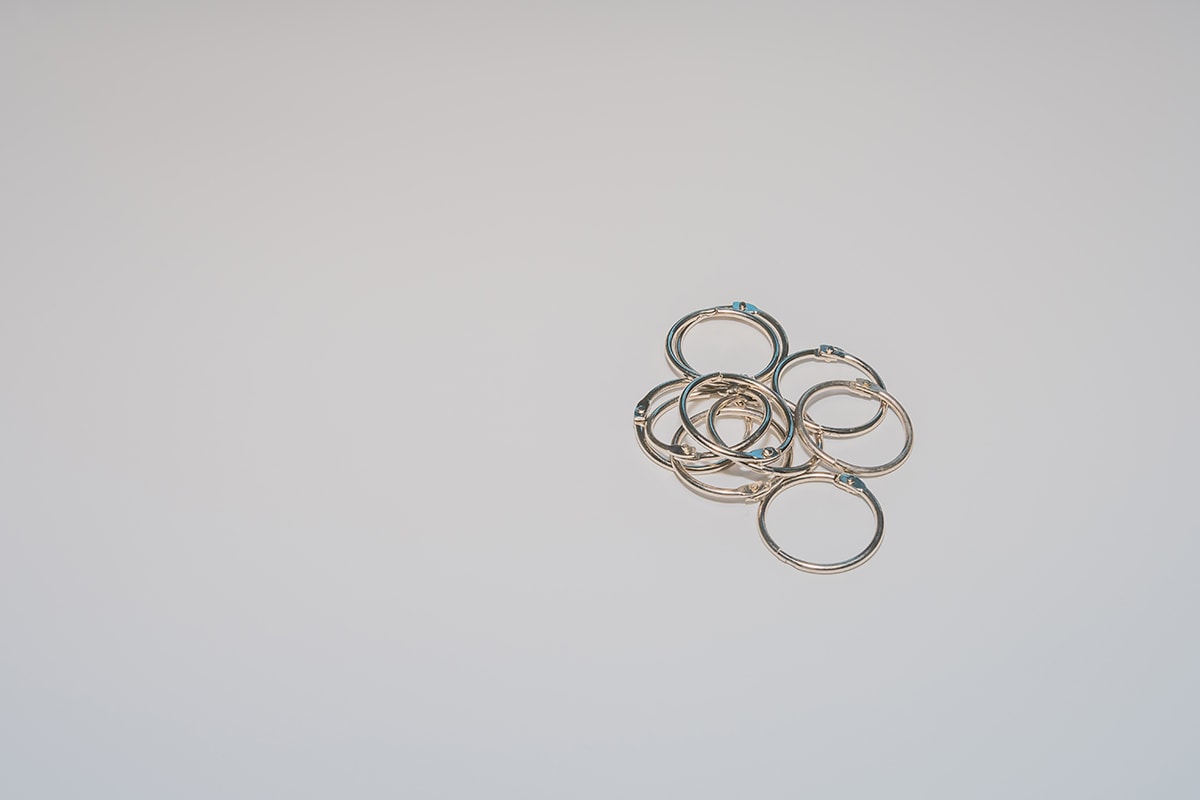
Round ring binders are the most common and widely used. These rings are shaped exactly as they sound–like a circle. They’re great for light to moderate use, like school notes or personal files. The papers lie flat, which makes reading and writing easy. The measurement of a ring refers to its diameter.
| Round Ring Sizes | Number of Sheets |
| 0.5 in. | 91 |
| 1 in. | 187 |
| 1.25 in. | 233 |
| 1.5 in. | 280 |
| 2 in. | 374 |
| 2.5 in. | 467 |
| 3 in. | 561 |
2. D-Rings
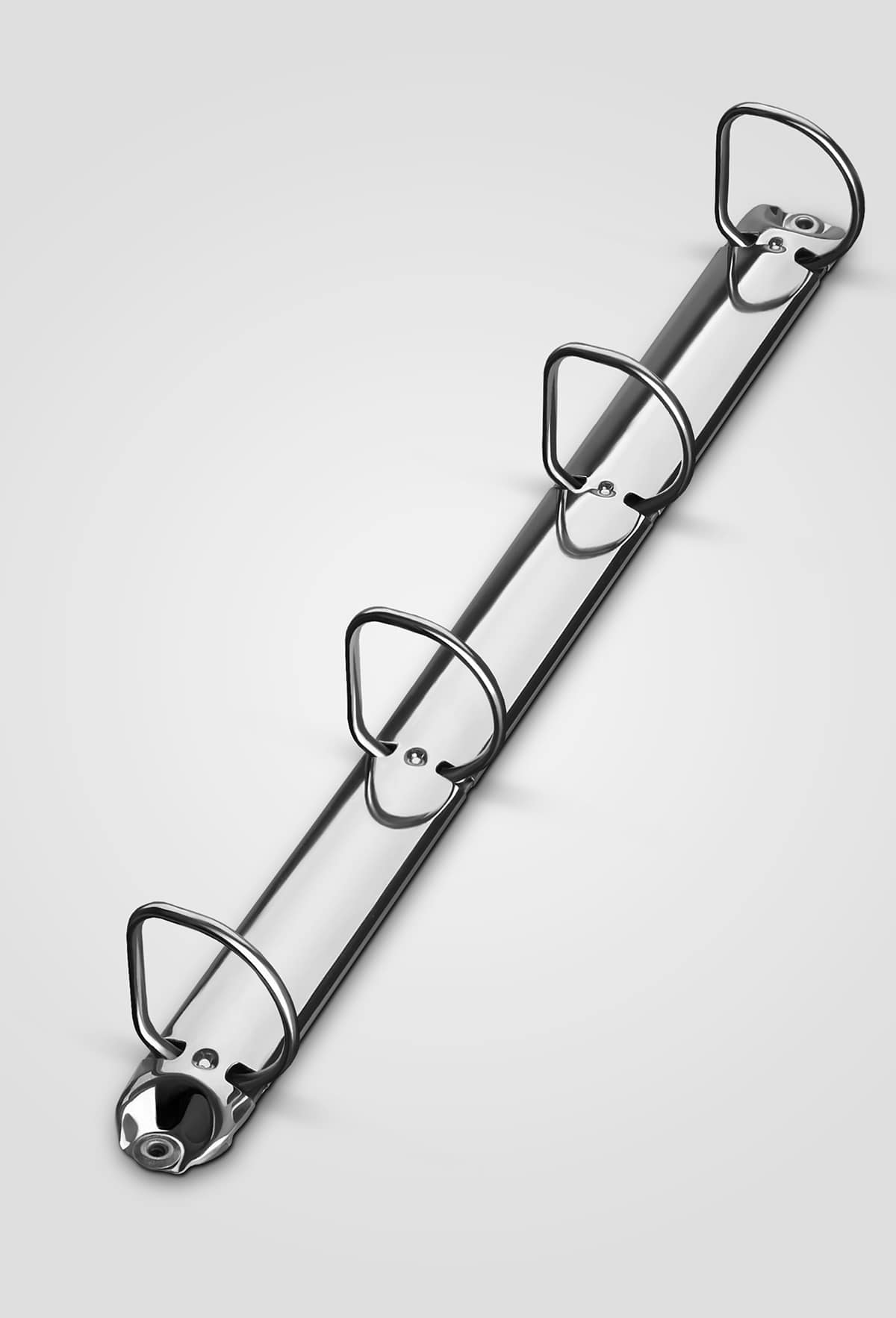
D-rings look more like a ‘D’ than a circle. This design increases capacity by up to 25% compared to round rings. The straight side of the ‘D’ lies along the spine, so pages lie flatter and turn more smoothly. These binders are great for heavy-duty storage like business documents, training materials, or large reports. D-rings are measured by the length of its straight side.
| D-Ring Sizes | Number of Sheets |
| 1 in. | 250 |
| 1.5 in. | 375 |
| 2 in. | 500 |
| 2.5 in. | 625 |
| 3 in. | 750 |
3. Slant Rings
Slant ring binders are a mix between round and D-rings. The rings are shaped like a D but are mounted at an angle, resembling round rings when closed. This design combines the smooth page turning of round rings with the increased capacity of D-rings. They’re perfect for those who want the best of both worlds. Slant ring measurements refer to the length of the straight side that goes out at an angle.
| Slant Ring Sizes | Number of Sheets |
| 1 in. | 212 |
| 1.5 in. | 318 |
| 2 in. | 424 |
| 2.5 in. | 530 |
| 3 in. | 636 |
| 4 in. | 848 |
4. Post Binders
For really heavy-duty storage, post binders are your go-to. They use metal posts instead of rings, and you can add or remove posts to adjust capacity. They’re super durable and perfect for storing large volumes of paperwork, like accounting ledgers or archived documents. Depending on the thickness of the spine, post binders can hold up to 1,500 sheets at a time.
